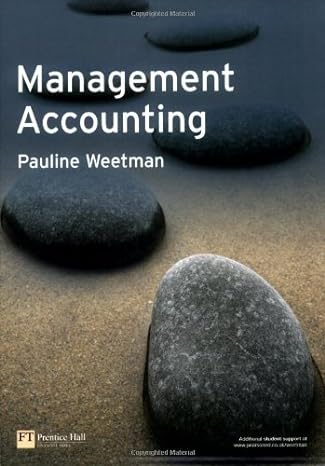Seaweeds are used in many maritime countries as a source of food, for industrial applications and as
Question:
Seaweeds are used in many maritime countries as a source of food, for industrial applications and as a fertiliser. The major utilisation of these plants as food is in Asia, where seaweed cultivation has become a major industry . . .
Industrial utilisation is at present largely confined to extraction for phycocolloids and, to a much lesser extent, certain fine biochemicals.
Fermentation and pyrolysis are not being carried out on an industrial scale at present, but are possible options for the 21st century.
The present uses of seaweeds are as human foods, fertilisers, and for the extraction of industrial gums and chemicals. They have the potential to be used as a source of long- and short-chain chemicals with medicinal and industrial uses. Marine algae may also be used as energy-collectors and potentially useful substances may be extracted by fermentation and pyrolysis.
The Irish seaweed industry employs nearly 500 people (full-time and part-time), exports 85–90%
of its produce, and had a turnover of over IEP5 million in 1996. This somewhat unusual industry has a very high employment : export ratio, activity is mostly concentrated on the western seaboard, and most collection takes place in areas that are – by European Union standards – severely disadvantaged.
A 1996 consultative process on the marine sector carried out by the Irish Marine Institute identified the following problems in the industry:
High failure rate of seaweed-based industries In harvesting, a lack of mechanisation Increasing affluence High fuel costs for drying Fluctuations in demand for certain seaweed products Lack of research and development Poor marketing and packaging A shortage of entrepreneurs.
Discussion points
1 What are the aspects of the seaweed industry that make process costing useful?
2 What are the problems that will not be solved by methods of costing?
Step by Step Answer:






